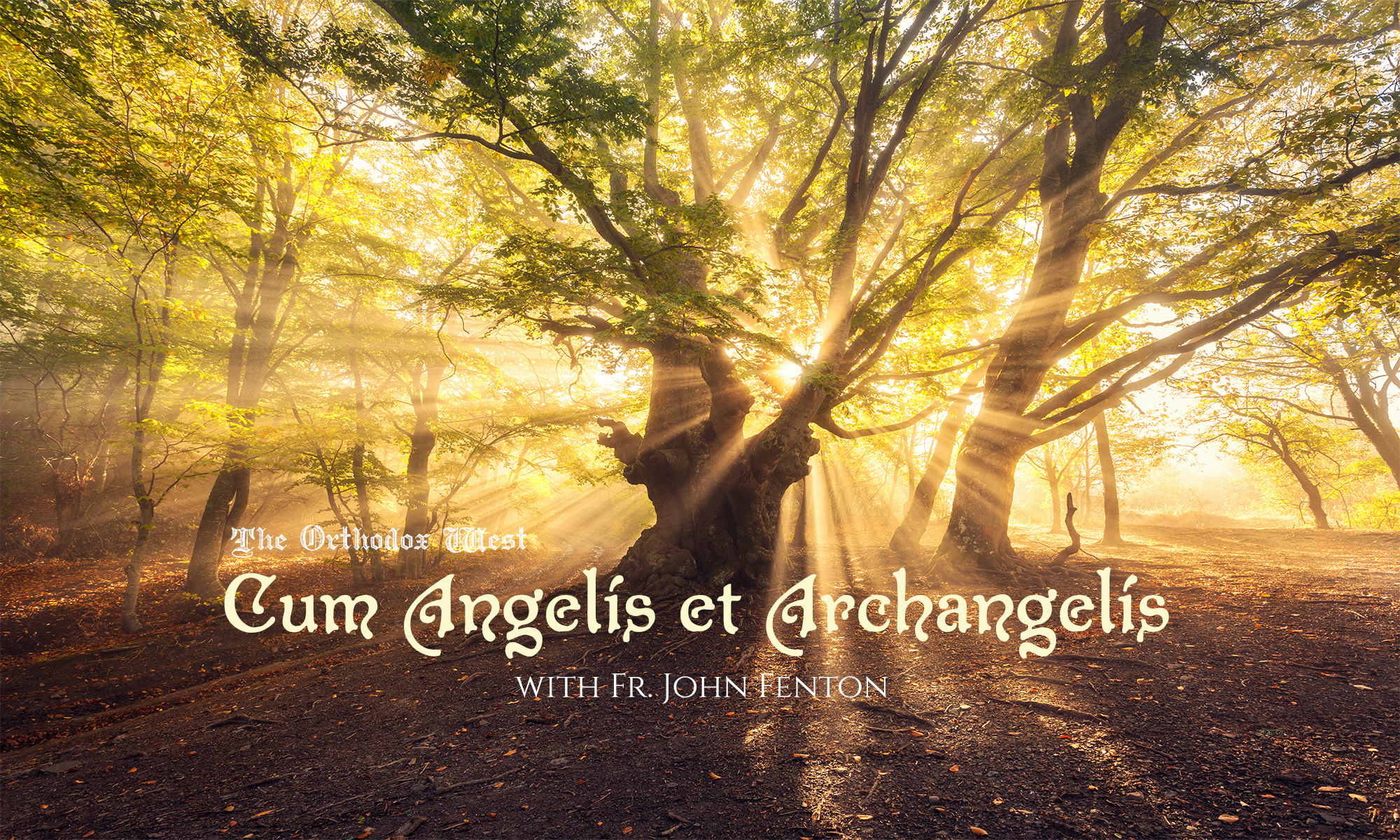The Tenebrae service is a service of darkness, unique to the Western tradition and conducted only on the last three nights before the Vigil of Easter. The name comes from the setting: the Psalms, Scripture readings, and prayers are said in a darkened church, and 14 candles are gradually extinguished during the service. Yet the name also points to the emotional aspect of the liturgy: it’s a service of mourning both for Our Lord’s Passion and for our sinful condition (and sins) which necessitated His agony and death.
The mournful tone of the entire Office is most notable in the words and musical setting of the Scripture readings. Following the pattern of ancient Matins and Lauds, each night Psalms are sung and Scriptures are read. The central portion is the chanting of the Lamentations of Jeremiah is sung. These laments are a series of poems lamenting the destruction of Jerusalem and the temple. Yet the temple is not merely a building but Christ Himself. “Destroy this temple, and in three days I will raise it up.” He speaking about temple of His body. (Jn 2.19,21).
This service, then, feels like a funeral. All is in black. The death of Christ is front and center. And so is the death of our own selves, so that we might rise with Christ to newness of life.
Yet the mourning is not without hope. The Psalms, the readings from St Augustine, and the singing itself all lead us to believe that not all is lost. Rather, Christ’s death has a meaning more substantial and profound than the death of anyone else.
This hope is dramatically shown at the very end of the service. After 90 minutes of prayer and meditation in darkness, the last candle is not extinguished but carried out. A note of joy is sounded as the chanter sings, “Christ for our sake became obedient unto death.” The final prayers are said in a low and subdued voice. Then, while all is in quiet darkness, the earthquake on Good Friday is replicated with a noise that shatters the quiet. This noise, like the earthquake, represents the convulsion of all nature following the death of Christ Jesus. Finally, the candle—which is the light of Christ and reveals the glory of the resurrection—reappears to anticipate the third day resurrection.
